Humidification in offices
and conference rooms
Employees must feel comfortable as they work. Motivation, efficiency, and health can be improved
through contemporary design of the workplace. The right humidity has a crucial impact on health and
wellbeing in the office, and protects employees against illness.
Intensive screen work, activities involving a lot of talking, and overly warm offices can, in combination with insufficient humidity in the ambient air, cause significant adverse effects on health. Respiratory tract infections, difficulty swallowing, sore throats, and stinging eyes are common symptoms, particularly in the winter months.
The latest medical studies show that even the immune defenses of the mucous membranes depend crucially on the humidity of the ambient air. The evacuation of microorganisms from the respiratory tract decreases as air humidity drops. For efficient, quick clearing of the respiratory tract and therefore lower susceptibility to infectious diseases, a sufficiently high humidity of at least 45% is required.
Why is the air particularly dry in winter?
Everyone knows the unpleasant effects of excessively dry air: The skin becomes flaky and cracked, and the mucous membranes of the nose and throat, as well as the eyes dry out and become irritated. This makes us feel uncomfortable and more susceptible to respiratory illnesses. But what are the reasons why room air is so unpleasantly dry, especially in the colder seasons?

Situation of indoor air humidity in
winter without active air humidification
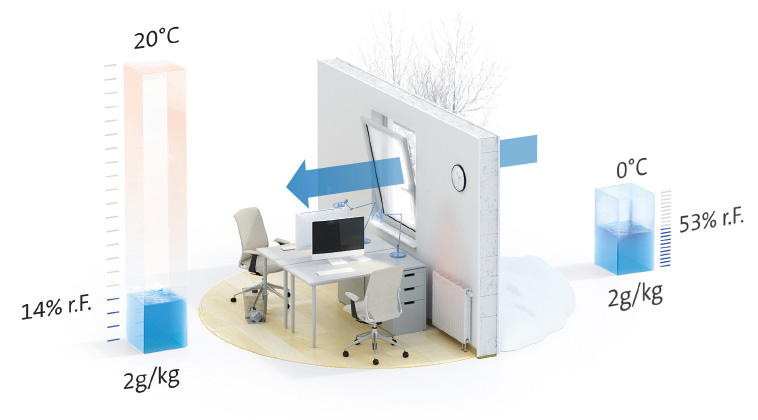

Situation of indoor air humidity in winter
with active air humidification
to 8.5 g of water per kilogram of air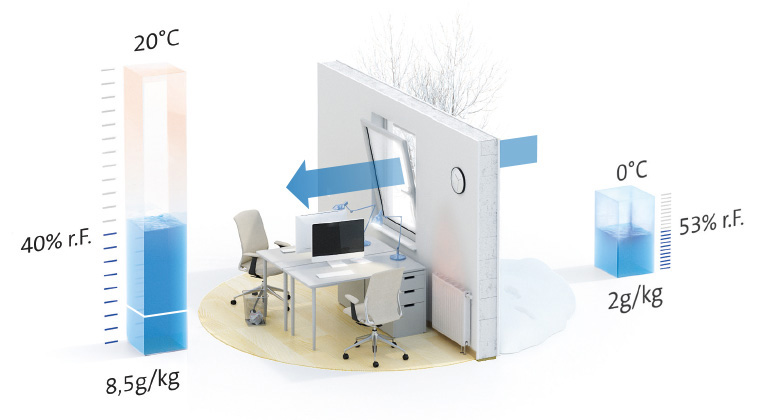
Depending on the temperature, the air has a different capacity to absorb water. In winter, the cold outdoor air has only a low capacity to absorb moisture. By heating it (which increases the capacity to absorb moisture), the relative humidity is reduced further and a very dry room climate is created. Without active humidification, a healthy room air humidity of 40 to 60% is barely feasible.

Lecture halls / classrooms


Offices

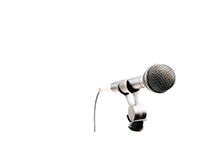
Conference rooms

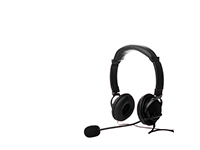
Call centers



Szklarnie
Aby uzyskać optymalne plony i zminimalizować ryzyko inwazji szkodników, wilgotność w szklarniach musi być regulowana. Każdy gatunek rośliny ma swoją ...
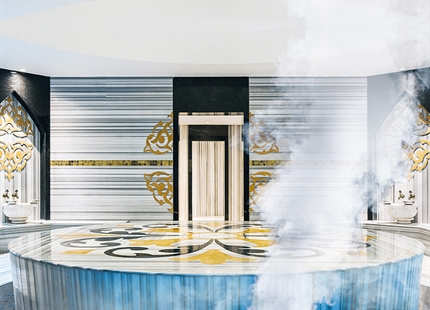
Hammam, Caldarium i Rhassoul
Hamam to łaźnia parowa, w której odbywa się specjalna ceremonia kąpieli,
i jest ważną częścią islamskiej kultury kąpielowej i fizycznej.
Skupia się...
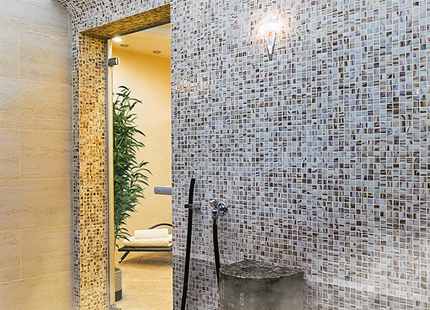
Łaźnia parowa i prysznic parowy
W dzisiejszych czasach wiele hoteli i klubów zdrowia oferuje zaplecze spa dla dobrego samopoczucia swoich gości i członków:
Basen, sauna, a coraz czę...

Steam bath and steam shower
Nowadays, many hotels and health clubs offer spa facilities for the well-being of their guests and members:
A swimming pool, a sauna and more and mor...

Centrum telefoniczne
Dobra wilgotność powietrza w call center zapewnia nie tylko dobre samopoczucie pracowników, lecz również ich wydajność i zdrowie.Choroby układu oddec...

Muzea
Muzea są skarbcem chroniącym dzieła sztuki i inny dorobek ludzkości. Niezliczone,
często unikalne i niezastąpione eksponaty, są warte wiele miliardó...

Lotnictwo
W branży lotniczej niezbędna jest niezawodna funkcjonalność wszystkich komponentów. Niedostateczna wilgotność może prowadzić do uszkodzeń i usterek e...

Magazynowanie
Wszędzie tam, gdzie przechowywane są produkty i towary lub archiwizowane są dokumenty, kompleksowe osuszanie powietrza chroni przed potencjalnym szko...

Pływalnie
Wysoki poziom parowania wody na pływalniach, szczególnie w połączeniu z panującymi tam wysokimi temperaturami w pomieszczeniu, prowadzi do ogromnego ...

Drukarnie
Nawet jeśli czytanie zaczyna wychodzić z mody, papier pozostaje cennym surowcem. Papier jest potrzebny nie tylko do gazet i książek, lecz także do pl...